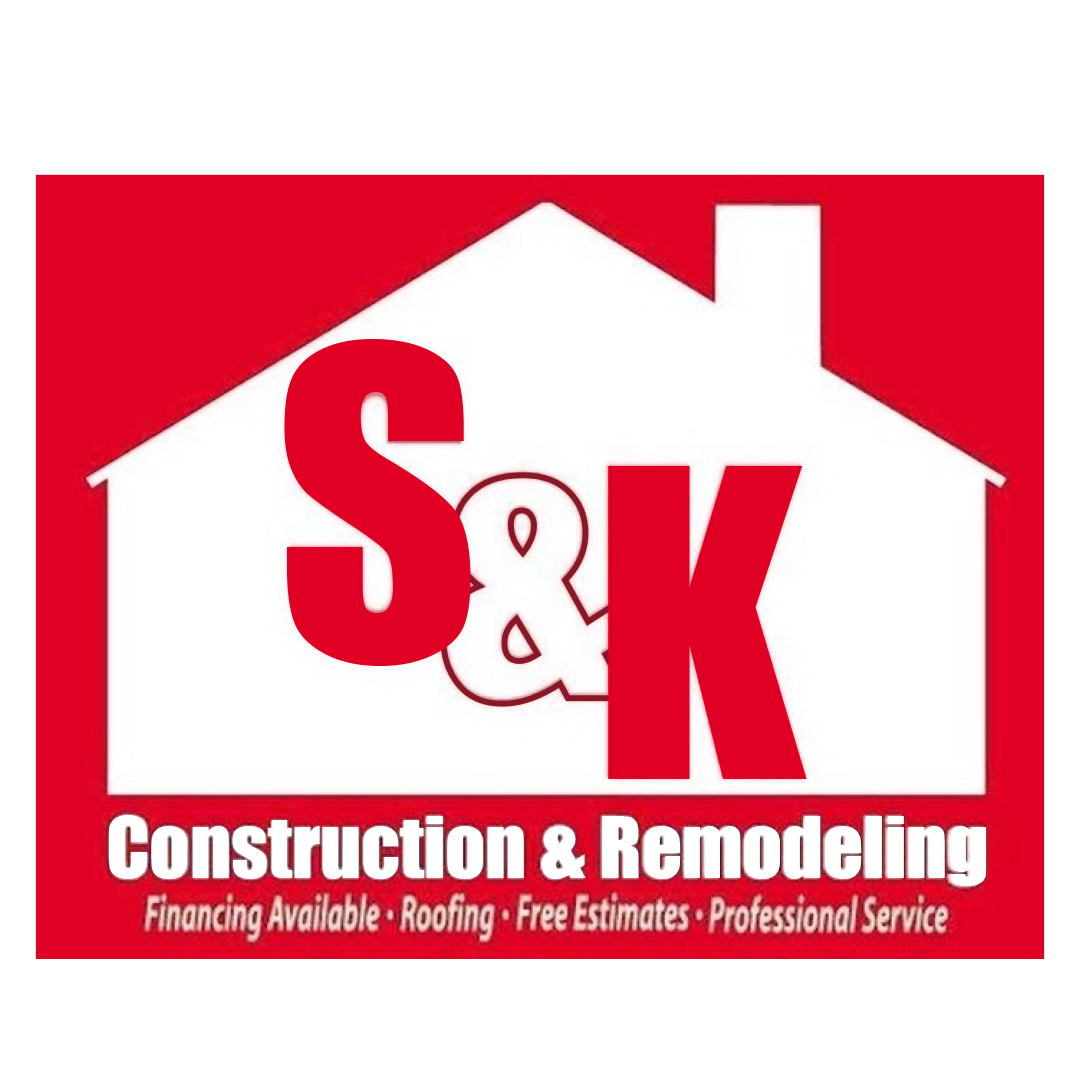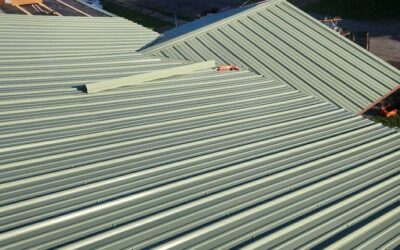4 Reasons You Need a Roof Maintenance Program After Your Roof Replacement
A roof replacement is a significant investment that improves your home’s protection and curb appeal. Whether you’ve replaced your roof due to age, damage, or simply as a preventative measure, it’s important to recognize that the roof’s job doesn’t end once the new shingles or materials are installed. In fact, the long-term effectiveness of your new roof relies heavily on regular care and maintenance.
While a new roof can last for decades with proper care, many homeowners make the mistake of thinking that their roof is good to go without any additional attention. This is where a roof maintenance program comes in. Roof maintenance is essential for protecting your investment, preserving the integrity of your roof, and ensuring it lasts as long as possible. If you’re thinking about skipping maintenance or ignoring your roof’s needs, here are 4 important reasons why you should invest in a roof maintenance program after your roof replacement.
What Is a Roof Maintenance Program?
A roof maintenance program is a proactive, scheduled service that involves regular inspections, repairs, cleaning, and other essential upkeep to ensure your roof remains in optimal condition over the years. These programs are typically offered by professional roofing contractors who are familiar with your roof type, its specific needs, and how to maintain it effectively.
A roof maintenance program can include a variety of services, such as:
- Annual roof inspections
- Cleaning gutters and downspouts
- Removing debris from the roof
- Identifying and repairing minor leaks or damage
- Re-sealing areas prone to water infiltration
- Inspecting the flashing, seals, and roof membrane
If you’re unsure whether a roof maintenance program is worth the investment, consider these four compelling reasons why you need one after your roof replacement.
1. Extends the Lifespan of Your New Roof
One of the main benefits of having a roof maintenance program after your roof replacement is that it significantly extends the lifespan of your new roof. A roof is subjected to various environmental factors such as rain, wind, hail, snow, and extreme temperatures. Over time, these elements can take a toll on the roof’s materials, leading to wear and tear that could shorten its lifespan.
Without regular maintenance, minor issues such as small leaks, loose shingles, or debris buildup can go unnoticed and gradually worsen, resulting in more expensive repairs or even premature roof failure. By scheduling routine inspections and addressing issues as they arise, a maintenance program helps identify potential problems early, allowing you to resolve them before they escalate into larger, more costly problems.
For example, if debris like leaves, branches, or moss accumulates on your roof, it can cause moisture to build up and lead to rotting, mold, or algae growth. These problems can deteriorate shingles or roofing materials faster than normal, potentially shortening the lifespan of your new roof. Routine cleaning as part of a maintenance program helps prevent such issues from occurring.
Regular inspections can also identify weak spots in your roof where damage is beginning to form. If left untreated, these spots could lead to major leaks, structural damage, and even the need for a full roof replacement much sooner than expected.
By committing to a roof maintenance program, you’re ensuring that your roof stays in excellent condition and lasts as long as possible, protecting your investment and saving you money in the long run.
2. Identifies and Prevents Small Problems Before They Become Big Issues
The most significant advantage of a roof maintenance program is its ability to spot minor issues before they become major problems. While you may not notice subtle signs of damage on your roof, experienced roofing contractors can identify small issues that could develop into larger concerns over time. By catching these problems early, you can take action to prevent costly repairs or even a complete roof replacement.
Some common issues that can be identified and addressed through routine maintenance include:
- Missing or damaged shingles: Strong winds or severe weather can cause shingles to lift or become loose. If not addressed, this can lead to water infiltration, leaks, and further damage to your roof.
- Damaged flashing: Flashing around chimneys, vents, and skylights can become cracked, corroded, or damaged over time. If flashing is not properly sealed, water can enter and cause leaks, mold, or damage to the underlying structure.
- Clogged gutters: Clogged gutters can cause water to overflow, leading to water damage on the roof, walls, and foundation. A maintenance program ensures that gutters are regularly cleaned to prevent such problems.
- Pooled water or improper drainage: Standing water on your roof can lead to water damage, rot, and even leaks. Proper drainage is essential to ensure water is directed away from the roof and doesn’t accumulate in certain areas.
- Wear and tear on seals: Seals around vents, skylights, or chimneys can become brittle over time, leading to water penetration. Routine maintenance checks ensure that these seals are replaced as necessary to maintain a watertight roof.
Addressing small issues early on is significantly less expensive than having to deal with large-scale repairs or roof replacement. Minor repairs, such as replacing a few shingles or sealing cracks, are much more affordable than repairing a leaky roof that has caused significant interior damage to your home. By identifying problems in their early stages, you can avoid the stress and high costs associated with major roof repairs.
3. Helps You Avoid Expensive Emergency Repairs
Emergency roof repairs can be incredibly expensive and disruptive, especially if the damage occurs during a storm or other extreme weather event. A roof that has not been properly maintained is more likely to suffer unexpected issues, such as leaks or structural damage, during adverse weather conditions. This is why it’s important to invest in a roof maintenance program—so you can prevent these emergency situations from happening in the first place.
For example, imagine a scenario where a few missing shingles or deteriorated flashing is left unaddressed for months or even years. When a heavy storm hits, the lack of proper sealing or coverage can lead to water intrusion inside your home. The result? Expensive interior damage, including mold, rotting beams, and damage to drywall, flooring, and furniture. Emergency repairs can be costly, and the added stress of dealing with unexpected roof damage is something homeowners would prefer to avoid.
By maintaining your roof with regular inspections and repairs, you’ll reduce the risk of emergency repairs. A professional roofing contractor will identify any potential vulnerabilities in your roof’s structure or materials, making the necessary adjustments before any major issues arise. This proactive approach will help you avoid the financial and emotional burden of a roof-related emergency.
Moreover, if you do experience an emergency, a reliable roofing company with whom you’ve built a relationship through a maintenance program may offer priority service or discounted rates for customers who participate in regular maintenance.
4. Maintains Roof Warranty and Insurance Coverage
Another important reason to consider a roof maintenance program after your roof replacement is that it can help maintain your roof warranty and insurance coverage. Many roofing manufacturers and insurance companies require homeowners to perform regular maintenance to keep their warranties and coverage intact.
Roof Warranty Requirements
Many new roofs come with manufacturer warranties that cover material defects and workmanship issues. However, these warranties often have specific terms that require homeowners to maintain their roof properly to remain valid. If you fail to perform regular maintenance or neglect minor repairs, the warranty may become void, leaving you responsible for any future repairs or replacements that could have been covered.
For example, a common requirement in most roofing warranties is that you must perform annual inspections or maintenance on your roof. By enrolling in a roof maintenance program, you can ensure that you fulfill these requirements and keep your warranty intact. This way, if you encounter a problem covered by the warranty, you can rely on the manufacturer to cover the costs of repairs or replacement.
Insurance Coverage
Homeowners insurance policies may also require regular roof maintenance to ensure coverage for roof-related claims. Insurance companies often assess the condition of your roof before issuing a claim, and if they determine that neglect or lack of maintenance contributed to the damage, they may deny your claim.
By having a roof maintenance program in place, you can demonstrate that you’ve taken proactive measures to care for your roof. This can help strengthen your claim if you ever need to file one, providing peace of mind that your insurance will cover any necessary repairs or replacement costs.
Conclusion
Investing in a roof maintenance program after your roof replacement is one of the smartest decisions you can make as a homeowner. Not only does it extend the lifespan of your roof and identify small problems before they become big issues, but it also helps you avoid expensive emergency repairs and ensures that your roof warranty and insurance coverage remain valid.
A well-maintained roof provides long-lasting protection for your home, keeping your family safe, comfortable, and secure. Regular roof inspections and maintenance may seem like an added expense, but the long-term benefits far outweigh the cost. By committing to a roof maintenance program, you’re protecting your investment, saving money on repairs, and ensuring your roof continues to perform at its best for years to come.
 (440) 307-2060
(440) 307-2060


